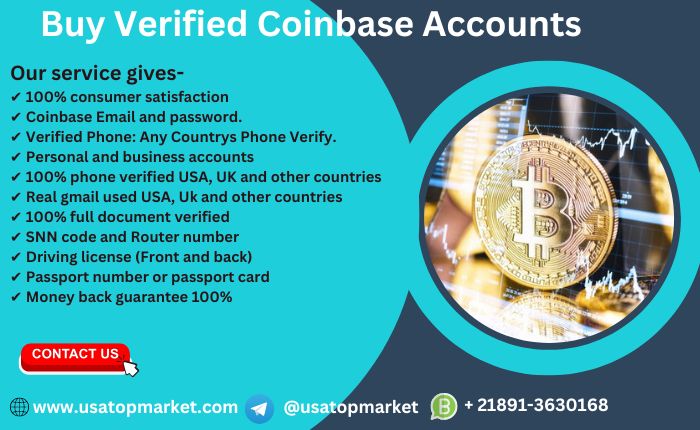Everything You Need to Know About Web3

In the early days of the internet, it didn’t have a lot of practical uses for the average person. However, over the years the internet has evolved and is now used in more ways than ever before. Modern life essentially revolves around the internet, and people use it for everything from work to leisure activities. Whether it’s watching a modern treasury demo or uploading a short video of their cat, people rely on the internet to help them make decisions, earn money, and stay informed.
While the internet has come a long way, it continues to change as technology becomes more advanced. Web3, the latest buzz in the tech world, is a term used to describe the newest revolution in internet use. Many believe that the future of the internet lies with Web3’s vision of a decentralized internet based on blockchain networks. You may be wondering exactly what that implies and what Web3 could look like in the coming years. In this article, we’ll cover the difference between Web3 and the current iteration of the internet we all know so well. We’ll also discuss how Web3 could change the internet as we know it in the decades to come.
What Makes Web3 Different?
The very first version of the internet and its applications were far different than the internet of today. Web 1.0, the version of the internet that existed from the 90s to the early 2000s, was very simple with limited practical uses. Websites were pages of text, and interaction between users was limited.
As time went on, the world wide web evolved into a more interactive space. It became easy for anyone to write and communicate on the internet. Web 2.0 applications allow users to upload videos and pictures, and post comments. Companies take advantage of the popularity of these social applications to make a profit. They gather user data and sell it to other companies or use it to send targeted ads to their users.
That’s where Web3 differs. While people will continue to be able to use the internet for social interactions, buying and selling, and other activities, Web3 applications are hosted on decentralized networks on the blockchain. Users own their data and contributions to Web3 and don’t need to go through a middleman to interact with others.
Web3 Applications
There are a lot of ways Web3 could change the way we use the internet. One use that is exciting for many is decentralized finance. Currently, most of our online transactions go through a third party, like a bank or payment app. With decentralized finance, users can pay and receive cryptocurrency directly from each other without dealing with middlemen.
Virtual worlds, or metaverses, are another popular way Web3 can be utilized. Users have the freedom to create their own online worlds and communities and interact with others. There is a virtually unlimited number of ways the metaverse can be used. For example, you can purchase and sell virtual real estate. You can create a virtual office space for you and your coworkers to collaborate without having to commute to a physical office. The metaverse also provides an excellent gaming experience, where you and your fellow players can be “inside” the game. Additionally, virtual worlds can be used to create and display art. Only time can tell how this innovative technology will affect our lives.
We still don’t know all of the ways Web3 will be used in the future. From storing medical data to using digital identification, Web3 has the potential to change many aspects of our lives.
Possible Drawbacks
While many are excited by the possibilities that Web3 offers, there are many skeptics. For starters, many are unsure if a blockchain-based internet will really be as “decentralized” as people claim. Also, with the use of advanced technologies like AI and 3D graphics, it will be necessary to have a powerful device to access and use Web3. It will also mean that all existing websites will need an overhaul to be compatible with Web3. Skeptics also raise the question of how or if the network would be regulated. Decentralization could make it harder to monitor Web 3 and lead to more cybercrime. And as far as decentralization, some fear that at the end of the day Web3 will become a centralized network, with the control lying in the hands of the biggest investors.
Web3 is an innovative concept that could very well be the future of the internet. It would rely on the blockchain and advanced AI technology to create an online environment where people can directly interact with one another. This technology has a number of real-world uses, from making payments to creating virtual spaces to collaborate. There are some potential drawbacks to Web3, but only time will tell how this revolutionary idea will affect the future of the internet.






